Home>Gardening & Outdoor>Landscaping Ideas>When To Plant Pampas Grass
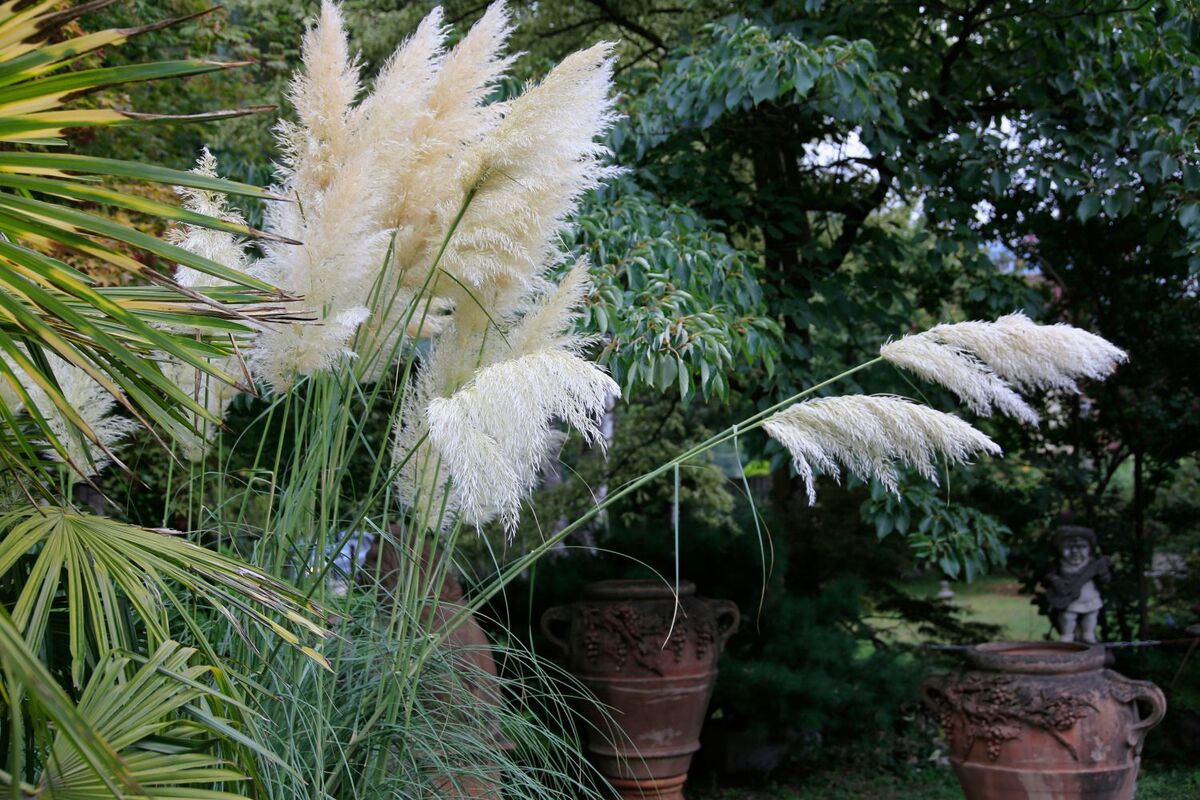

Landscaping Ideas
When To Plant Pampas Grass
Modified: August 16, 2024
Discover the best time to plant pampas grass and get expert landscaping ideas to enhance your outdoor space. Find out when and how to incorporate this stunning ornamental grass into your garden design.
(Many of the links in this article redirect to a specific reviewed product. Your purchase of these products through affiliate links helps to generate commission for Storables.com, at no extra cost. Learn more)
**
Introduction
**
Pampas grass, with its feathery plumes and imposing height, has become a popular choice for landscaping projects in recent years. This stunning ornamental grass, native to South America, has the ability to add a touch of drama and elegance to any outdoor space. Whether you're looking to create a natural privacy screen, enhance the visual appeal of your garden, or introduce a low-maintenance yet striking element to your landscape, pampas grass is an excellent option to consider.
In this comprehensive guide, we will delve into the various aspects of planting and caring for pampas grass, offering valuable insights into the optimal timing for planting, the environmental conditions it thrives in, and the best practices for ensuring its long-term health and vitality. By the end of this article, you will be well-equipped to embark on your pampas grass landscaping journey with confidence and expertise. So, let's start by understanding the unique characteristics of pampas grass and how they influence its cultivation and care.
Key Takeaways:
- Plant pampas grass in spring or early summer to establish its root system before winter, ensuring robust growth and magnificent plume production.
- Choose a sunny, spacious location with well-draining soil for pampas grass, and provide attentive care, including watering, pruning, and monitoring for pests, to maintain its striking beauty and enduring presence in your landscape.
Read more: Pampas Grass: When To Plant
Understanding Pampas Grass
Before diving into the specifics of planting and caring for pampas grass, it’s essential to develop a comprehensive understanding of this remarkable plant. Pampas grass, scientifically known as Cortaderia selloana, is a perennial grass that belongs to the Poaceae family. It is native to the grasslands of South America, particularly the pampas regions of Argentina, Brazil, and Uruguay.
One of the most striking features of pampas grass is its impressive size, with mature specimens reaching heights of up to 10 feet or more. The plant’s long, graceful leaves form dense tussocks, and during the flowering season, it produces magnificent plumes that can tower above the foliage, adding a sense of grandeur to the landscape.
When selecting pampas grass for your landscaping project, it’s important to note that there are both male and female varieties. The female plants typically produce the iconic plumes, which emerge in late summer and can last well into the winter months, providing visual interest and texture to the garden during the colder seasons.
Furthermore, pampas grass is known for its adaptability and resilience, thriving in a variety of environmental conditions. It is a sun-loving plant that flourishes in full sunlight, although it can tolerate partial shade. Additionally, it is well-suited to coastal regions, as it can withstand salty air and high winds, making it an ideal choice for seaside landscapes.
Understanding the growth habits, environmental preferences, and distinctive attributes of pampas grass is crucial for successful cultivation and maintenance. With this foundational knowledge in place, we can explore the specific requirements for planting and nurturing pampas grass in your outdoor space.
Climate and Soil Requirements
As with any plant, understanding the specific climate and soil conditions that pampas grass thrives in is essential for its successful cultivation. Pampas grass is well-suited to regions with a Mediterranean climate, characterized by hot, dry summers and mild, wet winters. It is also adaptable to a range of climates, including temperate and subtropical zones, making it a versatile choice for many gardeners.
When it comes to soil, pampas grass prefers well-draining, fertile soil with a slightly acidic to neutral pH level. While it can tolerate various soil types, including sandy and loamy soils, it is crucial to ensure that the chosen planting site has adequate drainage to prevent waterlogging, which can be detrimental to the plant’s health.
It’s important to note that pampas grass has a deep and extensive root system, which allows it to access water and nutrients from the soil effectively. This characteristic also contributes to its drought tolerance, making it an excellent option for landscapes with sporadic rainfall or dry periods.
When establishing pampas grass in your garden, consider the local climate and soil composition to provide the optimal growing conditions for this majestic grass. By selecting an appropriate site and preparing the soil accordingly, you can create an environment where pampas grass can flourish and make a captivating statement in your outdoor space.
Choosing the Right Location
When incorporating pampas grass into your landscape, selecting the right location is paramount to its long-term success and visual impact. The ideal site for planting pampas grass should align with its specific sunlight, spacing, and environmental requirements.
First and foremost, pampas grass thrives in full sunlight, so it is essential to choose a location that receives ample direct sunlight throughout the day. Insufficient sunlight can result in reduced growth and sparse plume production, diminishing the plant’s ornamental appeal.
Additionally, considering the plant’s substantial size at maturity, ample space is necessary to accommodate its growth. When selecting a planting site, envision the mature dimensions of pampas grass and ensure that it has enough room to spread out without overcrowding other plants or structures in the vicinity.
Given its tolerance for coastal conditions, pampas grass is an excellent choice for seaside landscapes, where it can withstand salt spray and windy environments. If you reside in a coastal area, consider integrating pampas grass into your garden to capitalize on its resilience and striking visual presence.
Moreover, when choosing the right location for pampas grass, take into account the surrounding landscape and how the plant will complement the overall design. Whether used as a focal point, a natural privacy screen, or a textural element in a mixed border, pampas grass can enhance the aesthetic appeal of various outdoor settings.
By thoughtfully selecting a suitable location that meets the sunlight, spacing, and environmental considerations of pampas grass, you can set the stage for a flourishing and visually captivating addition to your landscape.
Pampas grass should be planted in the spring or early summer, after the last frost has passed. This will give the plant time to establish its roots before the winter.
Planting Pampas Grass
Planting pampas grass is an exciting endeavor that begins with thoughtful preparation and strategic execution. Whether you’re establishing new plants or transplanting existing ones, following best practices for planting will contribute to the long-term health and vitality of this remarkable ornamental grass.
Before planting, it’s crucial to consider the timing, as pampas grass is best planted in the spring or early summer. This allows the plant to establish its root system before the onset of winter, promoting robust growth and plume development in the following seasons.
When selecting pampas grass specimens for planting, opt for healthy, well-rooted plants from reputable nurseries or garden centers. Choose a planting site that aligns with the plant’s sunlight and spacing requirements, ensuring that it has ample room to grow and flourish.
Prepare the planting area by loosening the soil and incorporating organic matter, such as compost or well-rotted manure, to improve soil fertility and drainage. Dig a hole that is slightly wider and deeper than the plant’s root ball, gently place the pampas grass in the hole, and backfill with soil, firming it gently around the base of the plant.
Water the newly planted pampas grass thoroughly to settle the soil and provide essential moisture for establishment. Applying a layer of mulch around the base of the plant can help conserve soil moisture and suppress weed growth, contributing to the overall health of the grass.
As the pampas grass establishes itself, monitor its growth and provide supplemental water during dry spells, especially in the first growing season. Regular watering is crucial for encouraging strong root development and robust foliage, setting the stage for impressive plume production in subsequent years.
By adhering to these planting guidelines and nurturing the newly established pampas grass with care and attention, you can lay the groundwork for a thriving and visually captivating addition to your outdoor landscape.
Read more: How To Plant Pampas Grass
Caring for Pampas Grass
Once pampas grass is established in your landscape, providing attentive care and maintenance will ensure its continued health, vigor, and ornamental appeal. Caring for pampas grass encompasses various aspects, including watering, pruning, and addressing potential issues that may arise during its growth and development.
Watering is crucial, especially during the initial stages of growth and establishment. While pampas grass is known for its drought tolerance, consistent moisture is essential for promoting healthy foliage and robust plume production. Water newly planted pampas grass regularly, and during periods of extended dryness, provide supplemental irrigation to support its growth.
Pruning is an important aspect of pampas grass maintenance, primarily for the removal of old foliage and plumes. In late winter or early spring, before the new growth emerges, trim back the previous year’s foliage and plumes to a height of about 12 to 18 inches above the ground. This rejuvenation pruning encourages fresh growth and ensures that the plant maintains its graceful form and visual appeal.
While pampas grass is relatively low-maintenance, it is essential to monitor for any signs of pests or diseases. Common issues that may affect pampas grass include aphids, scale insects, and leaf spot diseases. Regular inspection of the plant for unusual symptoms and prompt intervention, if necessary, can help mitigate potential problems and preserve the plant’s vitality.
As pampas grass matures, it may benefit from periodic division to rejuvenate the plant and manage its size. Dividing established clumps every few years can prevent overcrowding, promote vigorous growth, and provide an opportunity to propagate new plants for additional areas of the landscape.
Lastly, it’s important to consider the safety aspects of pampas grass, especially regarding its sharp leaf edges. When planting pampas grass in areas frequented by children or pets, thoughtful placement and clear delineation can help prevent accidental contact with the foliage.
By tending to the watering needs, conducting regular pruning, monitoring for pests and diseases, considering division as the plant matures, and addressing safety considerations, you can effectively care for pampas grass and ensure that it continues to enrich your landscape with its striking presence and enduring beauty.
Conclusion
As we conclude this comprehensive guide to planting and caring for pampas grass, it’s evident that this remarkable ornamental grass holds immense potential for transforming outdoor landscapes with its grace, grandeur, and resilience. By understanding the unique characteristics of pampas grass and its specific cultivation requirements, you can embark on a rewarding journey of incorporating this striking plant into your garden or outdoor space.
From the expansive pampas regions of South America to the diverse landscapes where it now thrives, pampas grass has captivated gardeners and landscape enthusiasts with its towering plumes, robust foliage, and adaptability to various environmental conditions. Whether adorning a coastal garden, accentuating a mixed border, or standing as a majestic focal point, pampas grass lends a sense of drama and natural elegance to any setting.
By considering the optimal timing for planting, understanding the climate and soil requirements, selecting the right location, and following best practices for planting and caring for pampas grass, you can cultivate a visually stunning and enduring feature in your outdoor environment. Its low-maintenance nature, drought tolerance, and striking visual impact make it a valuable addition to diverse landscapes, from residential gardens to public parks and commercial properties.
As you embark on your pampas grass landscaping journey, remember that attentive care, regular maintenance, and thoughtful consideration of its growth habits are key to fostering its long-term vitality and ornamental appeal. From providing essential moisture to conducting rejuvenation pruning and monitoring for potential issues, these efforts contribute to the plant’s overall health and ensure its continued visual impact in the landscape.
Ultimately, the allure of pampas grass lies in its ability to evoke a sense of natural splendor and timeless beauty, enriching outdoor spaces with its distinctive presence and captivating plumes. Whether swaying in the breeze, catching the light of the setting sun, or standing resilient against the elements, pampas grass exemplifies the enduring charm of ornamental grasses and the transformative power they hold in the world of landscaping.
As you embrace the art of cultivating and caring for pampas grass, may its striking beauty and enduring allure continue to inspire and enrich your outdoor environment for years to come.
Frequently Asked Questions about When To Plant Pampas Grass
Was this page helpful?
At Storables.com, we guarantee accurate and reliable information. Our content, validated by Expert Board Contributors, is crafted following stringent Editorial Policies. We're committed to providing you with well-researched, expert-backed insights for all your informational needs.
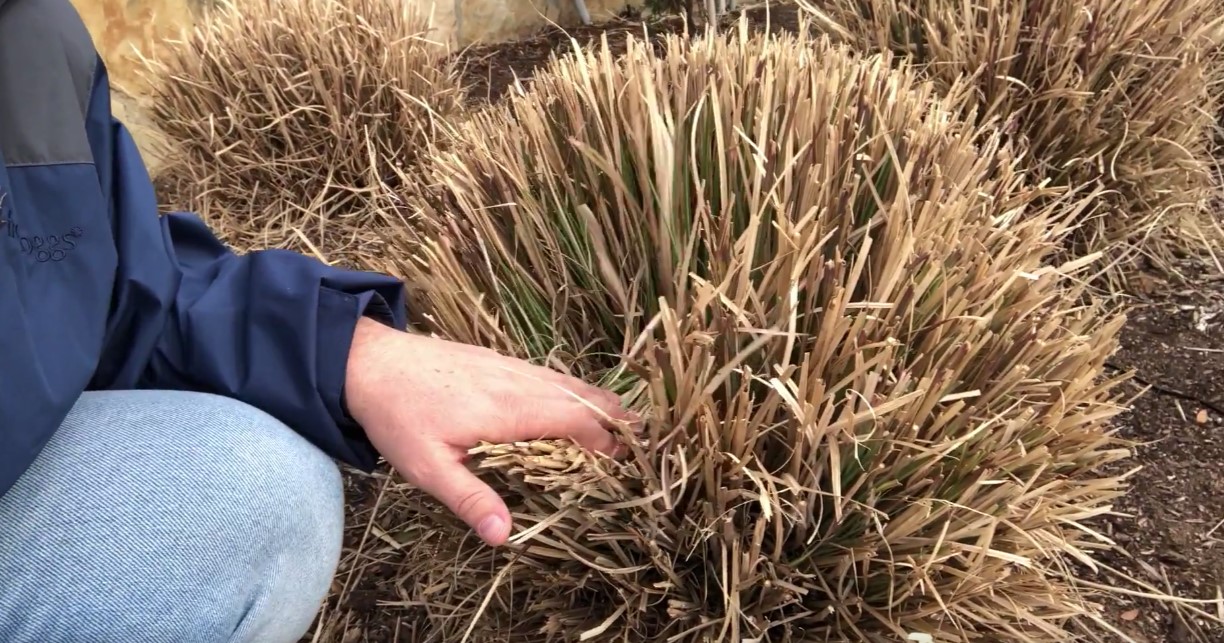
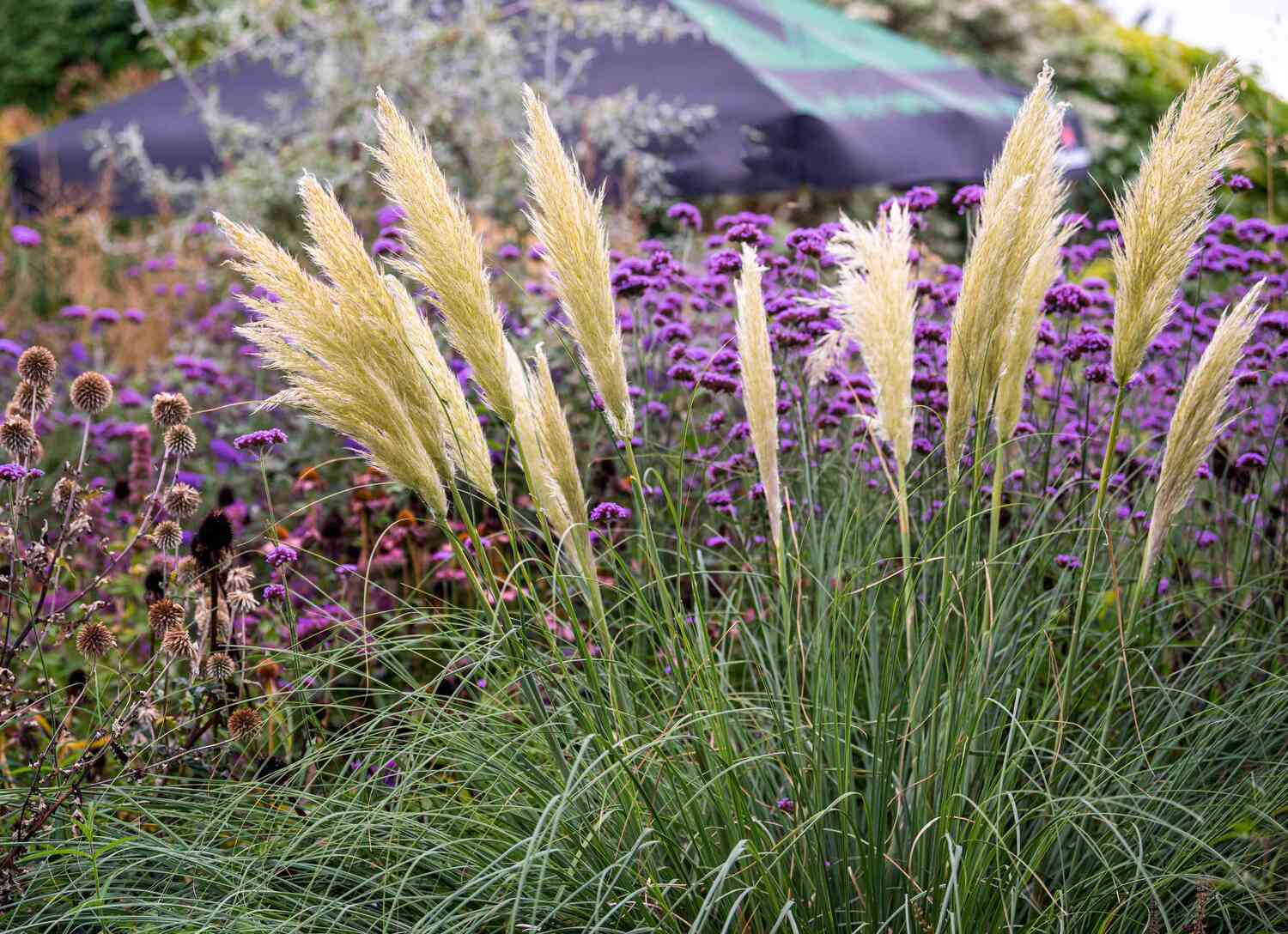
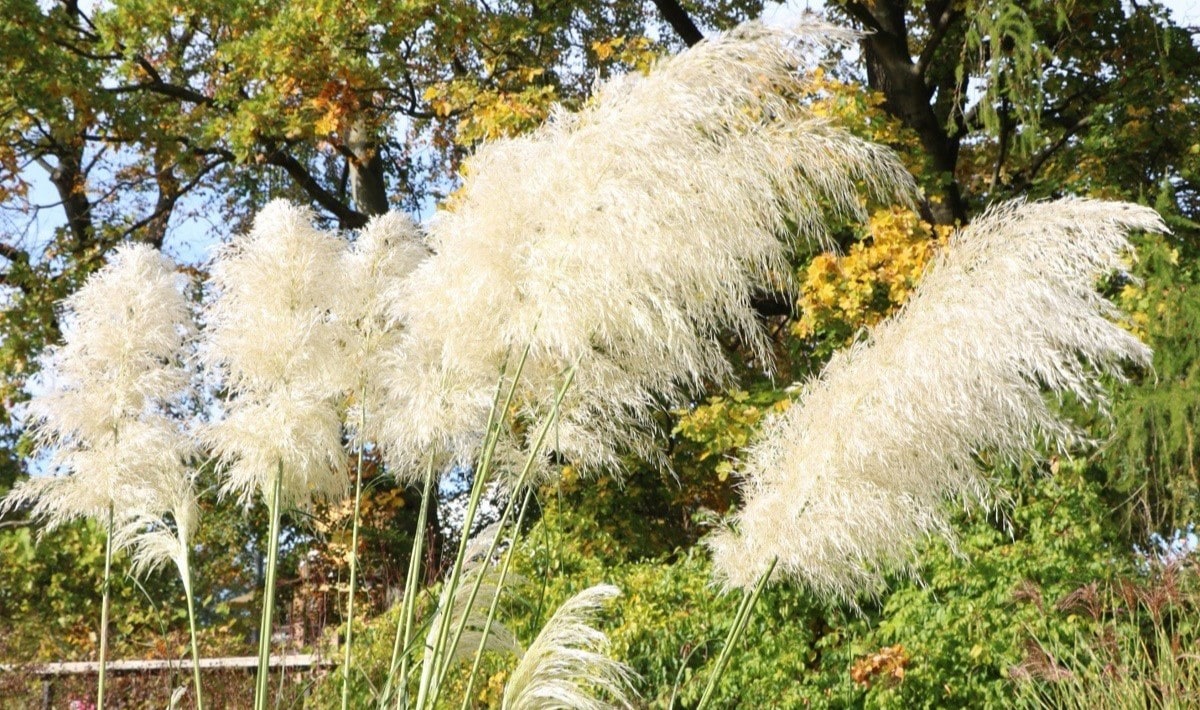
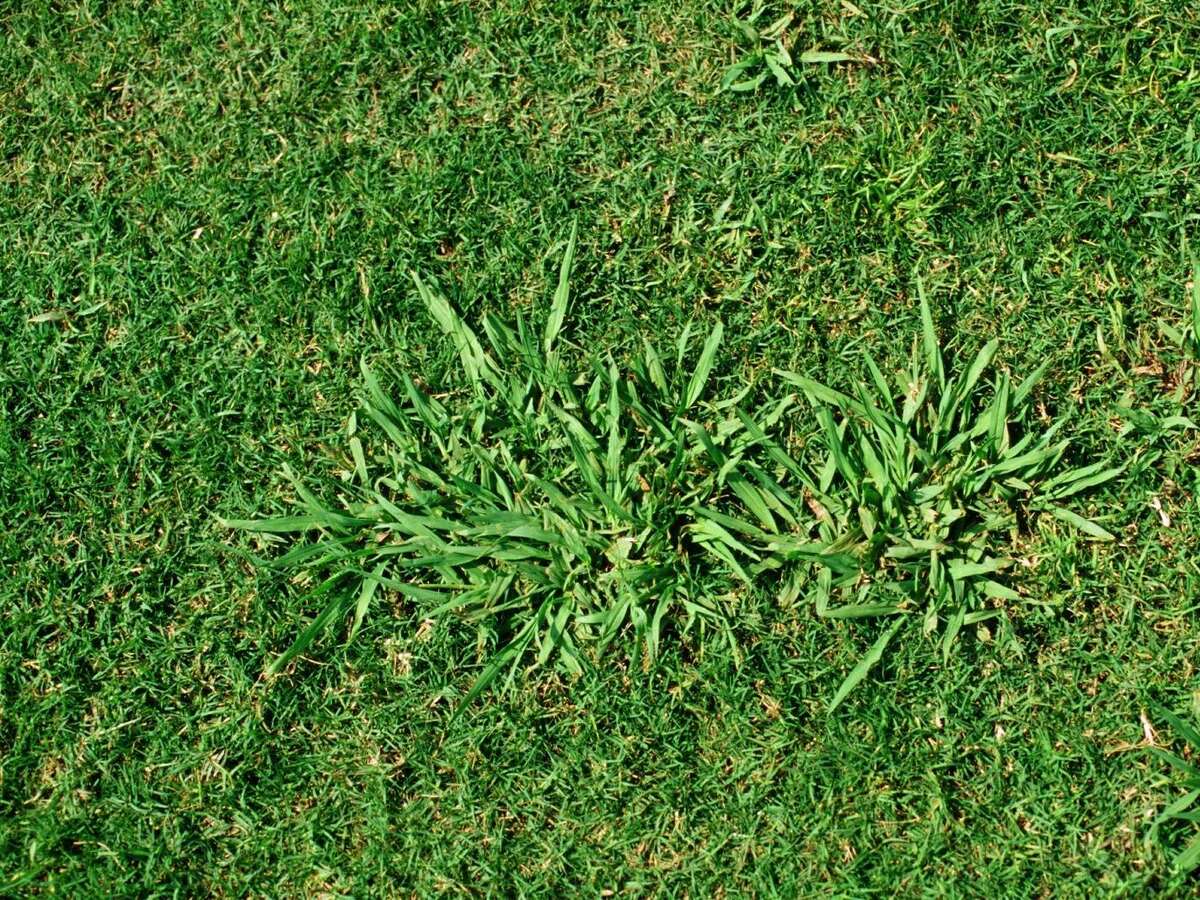
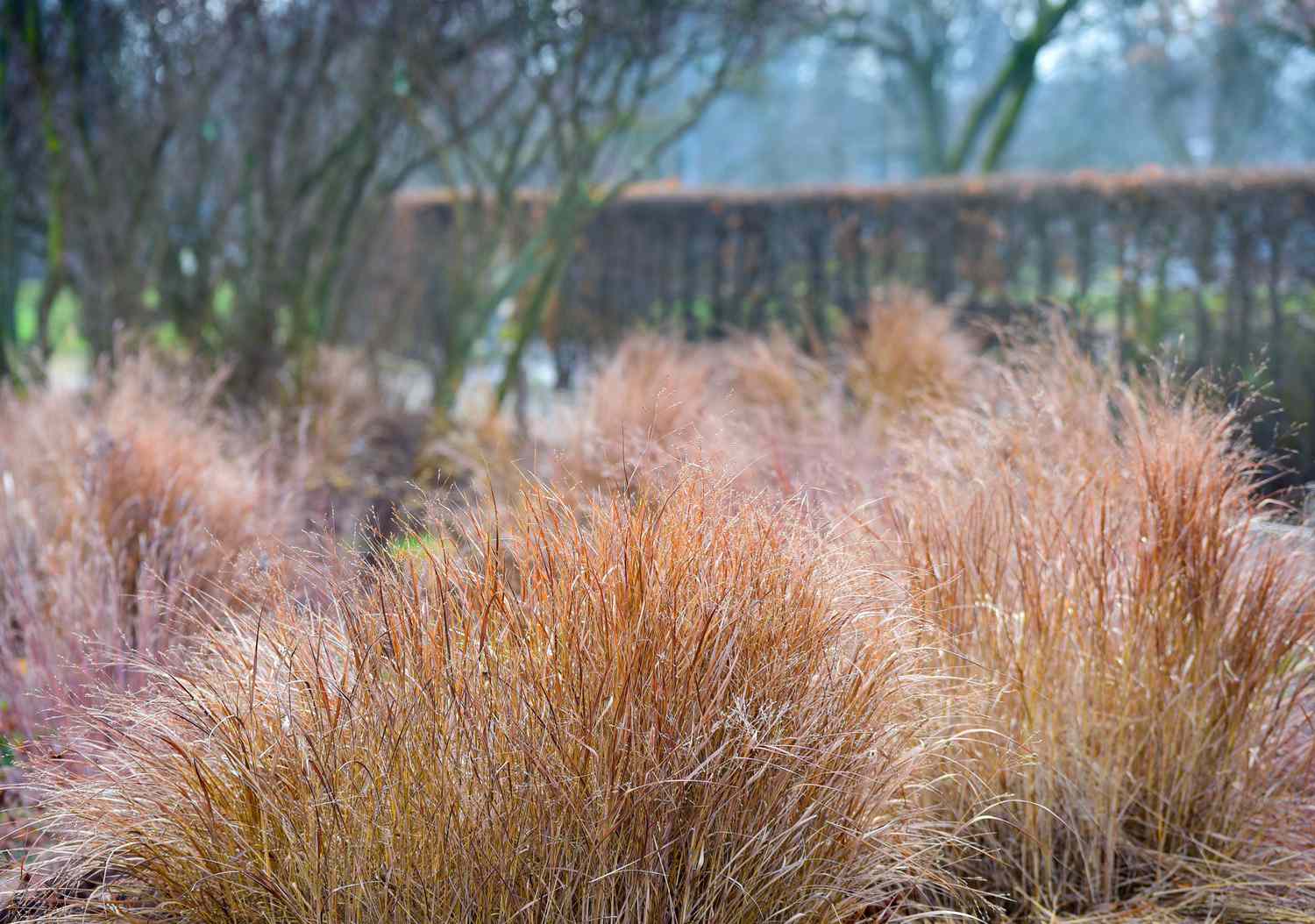

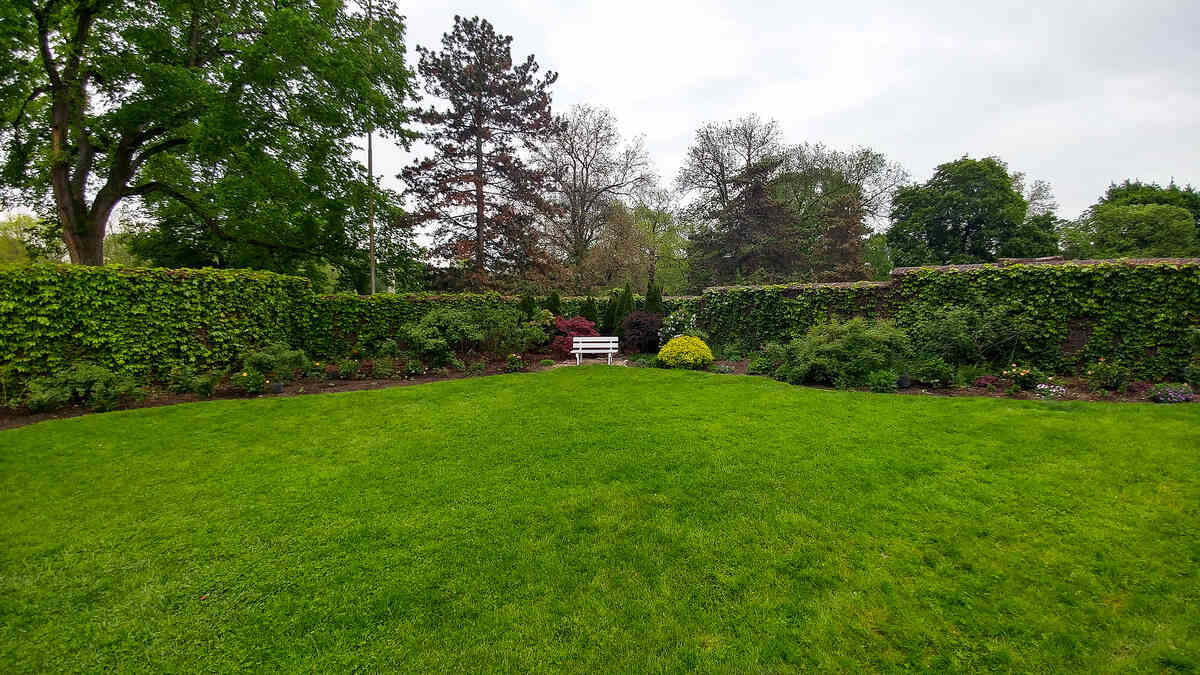
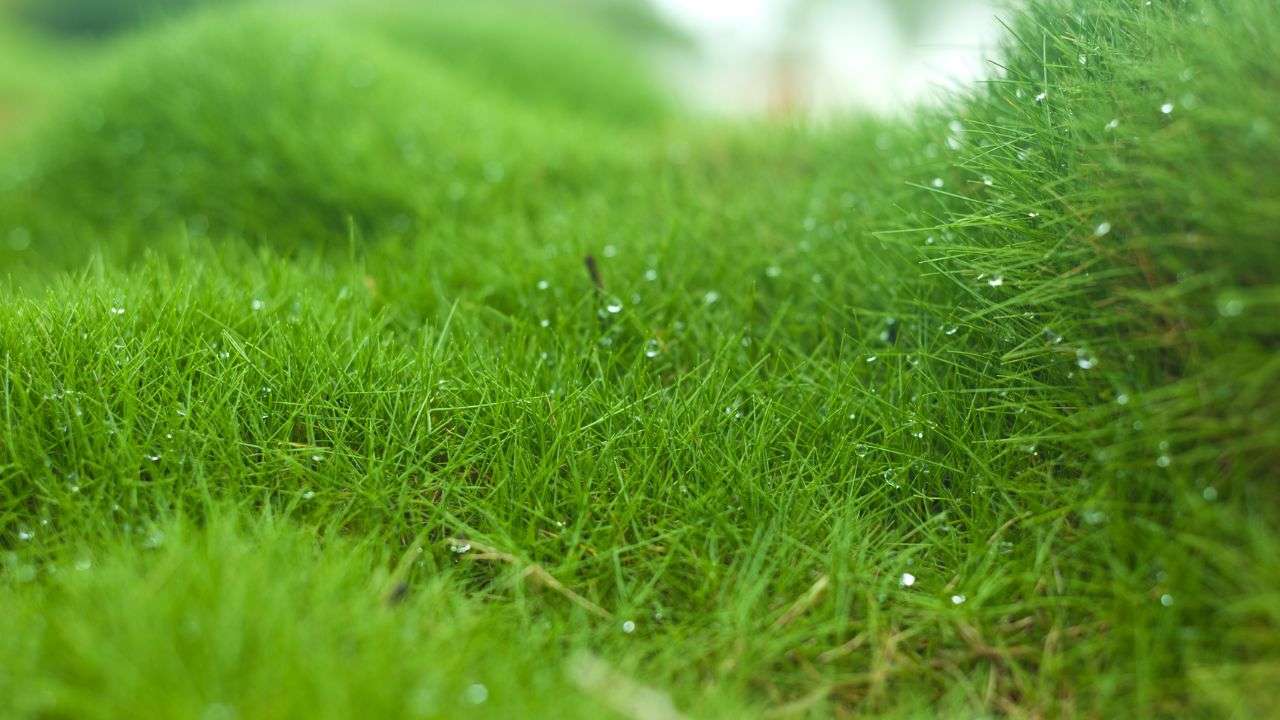
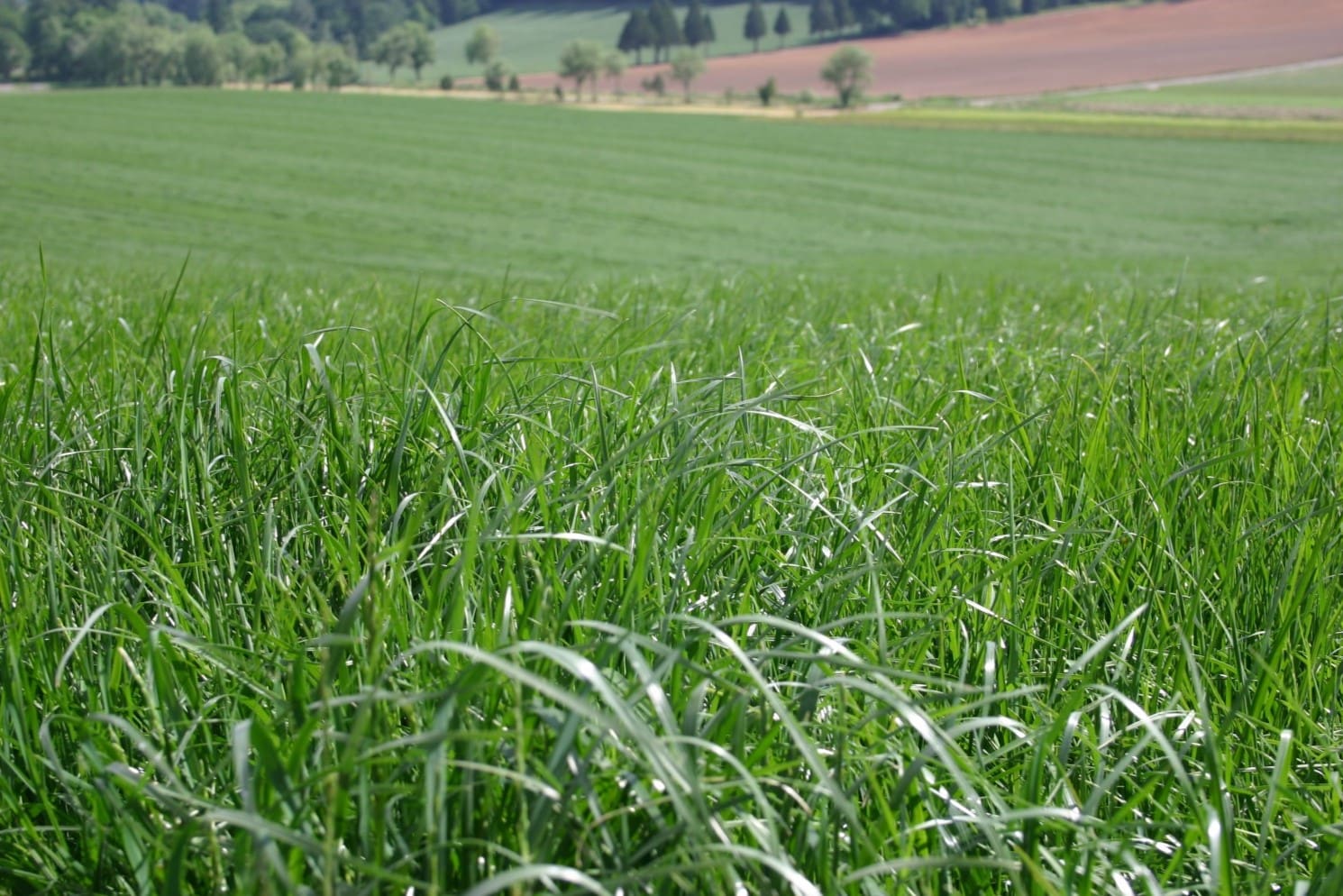



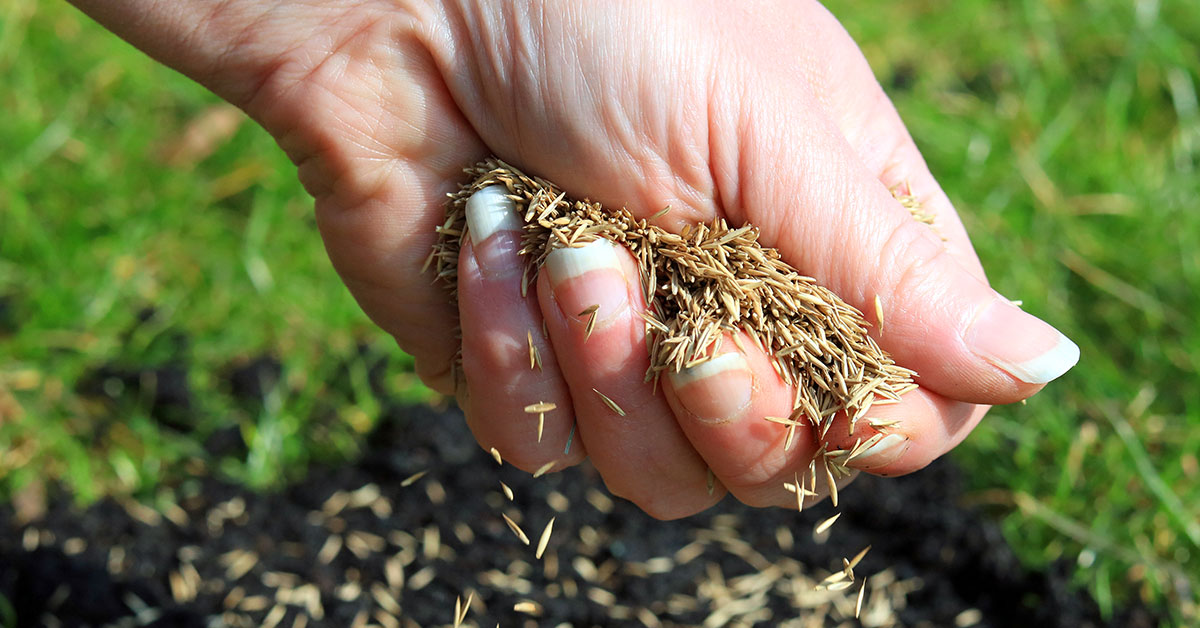
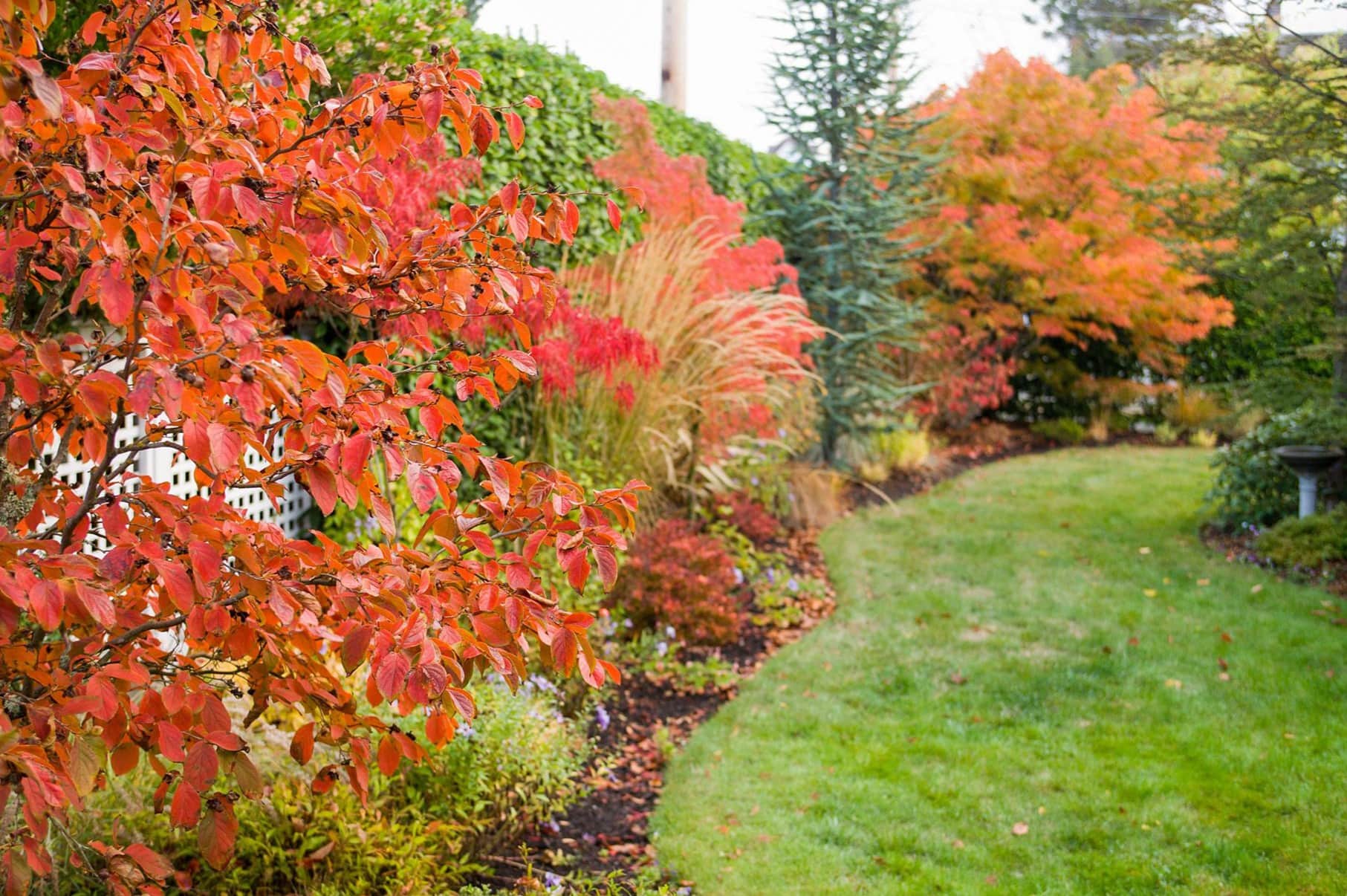

0 thoughts on “When To Plant Pampas Grass”